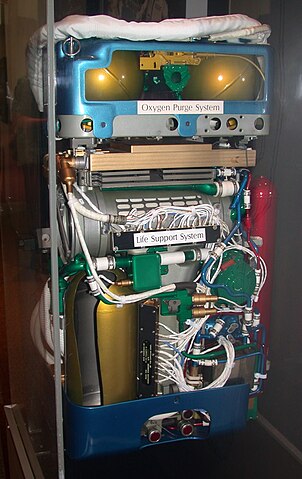Moon colonization may be a reality in our lifetimes. Here’s what we’ll need to make it happen.
◊
Ever dreamt of living on the Moon? A range of groundbreaking technologies and discoveries, along with growing interest and investment from both governmental space agencies and private companies, makes human colonization of the Moon, once relegated to the realm of science fiction, increasingly feasible. Following are five of the key advances that are paving the way for sustainable lunar living.
Explore the unprecedented technologies and new findings that may soon allow ongoing lunar colonization.
1 – Water Ice Extraction and Processing
Water ice found in permanently shadowed craters on the lunar surface can be harvested and processed into both drinking water and oxygen. This resource is crucial for sustaining human life and providing a renewable supply of water. It can be electrolyzed to produce hydrogen and oxygen, which can be used for life support and rocket fuel. This process supports astronauts’ basic needs and enables fuel production for lunar vehicles and return missions to Earth, making the Moon a viable base for deeper space exploration.
2 – 3D Printing with Lunar Regolith
3D printing technology can construct habitats on the Moon using lunar soil (regolith) as a raw material. This reduces the need to transport building materials from Earth, significantly lowering mission costs and logistical challenges. These structures can provide protection from radiation, micrometeorites, and extreme temperature variations. The ability to rapidly build habitats using local materials enhances the potential for scalable and adaptable lunar infrastructure, accommodating growing numbers of astronauts and expanding scientific and commercial activities.
3 – Closed-Loop Life Support
Systems that recycle air, water, and waste are being developed to create a sustainable living environment. These systems can purify water from various sources, including urine and sweat, and regenerate oxygen from carbon dioxide. Advanced waste recycling technologies convert organic waste into usable resources, such as fertilizer for growing food, thereby creating a closed-loop ecosystem that minimizes resource consumption and waste production.

NASA’s A7L Primary Life Support System (Source: Gliu, via Wikimedia Commons)
4 – Solar and Nuclear Power
Solar panels will be a primary energy source, especially in areas with prolonged sunlight. In addition, small, modular nuclear reactors are being designed to provide a consistent power supply during the lunar night, which lasts about 14 Earth days. These reactors offer a reliable energy source when solar power is unavailable, enabling an uninterrupted power supply.
5 – Regolith Shielding
Structures can be covered with layers of regolith to provide natural radiation shielding. This approach leverages the Moon’s abundant soil to create protective barriers around habitats and workspaces. By using regolith, which is rich in silicates and other minerals, these barriers can significantly reduce astronauts’ exposure to harmful space radiation, including solar flares and cosmic rays, thereby enhancing their safety and long-term health.
To the Moon . . . and Beyond!
The development of these technologies and innovations is crucial for overcoming the challenges of lunar colonization. The Moon’s harsh environment requires solutions for extreme temperatures, radiation, sustainable life support, and reliable energy. Each breakthrough brings us closer to making the Moon a viable place for human habitation – and could even support future missions to Mars.
Ω
Title Image: Artist’s conception of a construction project on the Moon’s surface. (Source: ICON/BIG-Bjarke Ingels Group, via NASA)
